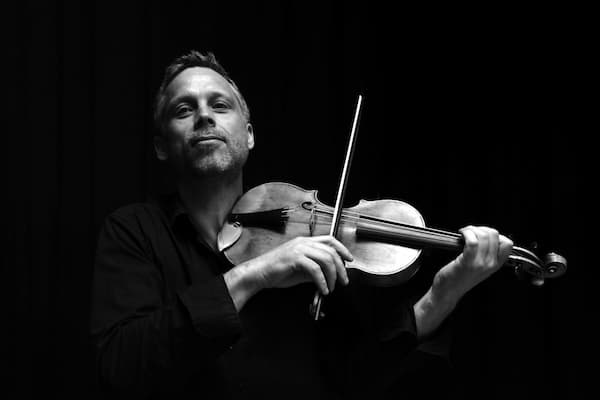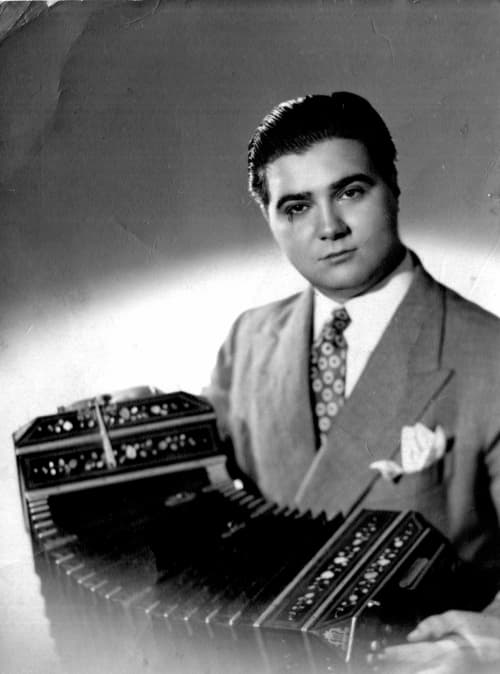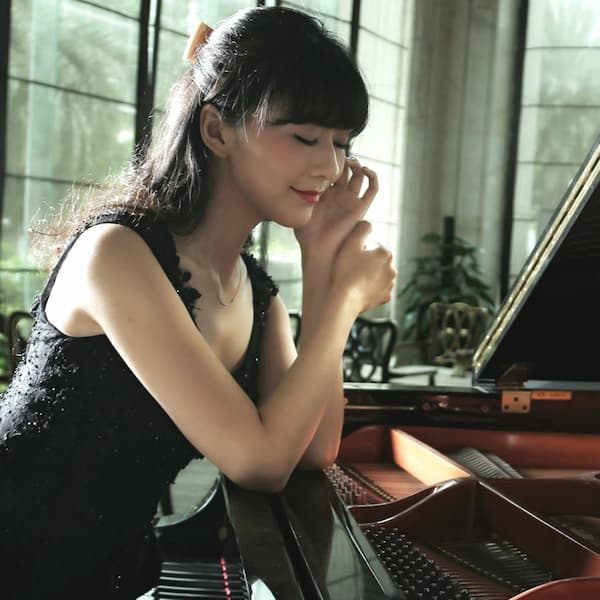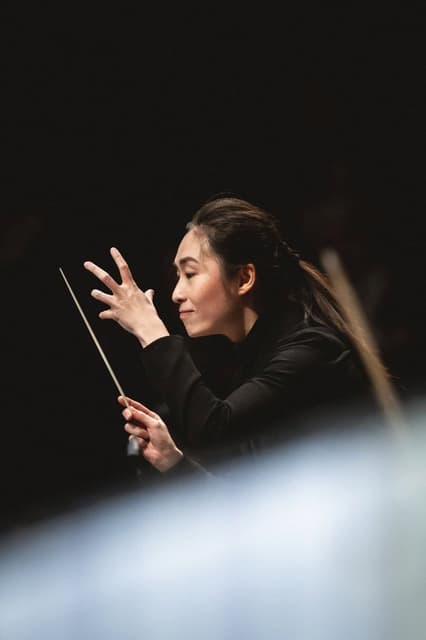There’s a point in Bruno Monsaingeon’s new documentary about the Quatuor Arod, Ménage à Quatre, where it all becomes clear – you understand what they’re talking about and the minutiae of sound elements that they’re dealing with when Jérémy Garbarg, the group’s cellist, demonstrates the difference between two seemingly identical pitches but shows how they’re really not the same. That kind of detail is why Monsaingeon’s documentaries are so satisfying and engaging. He’s able to take the generalities most people know about music and put them on the screen.
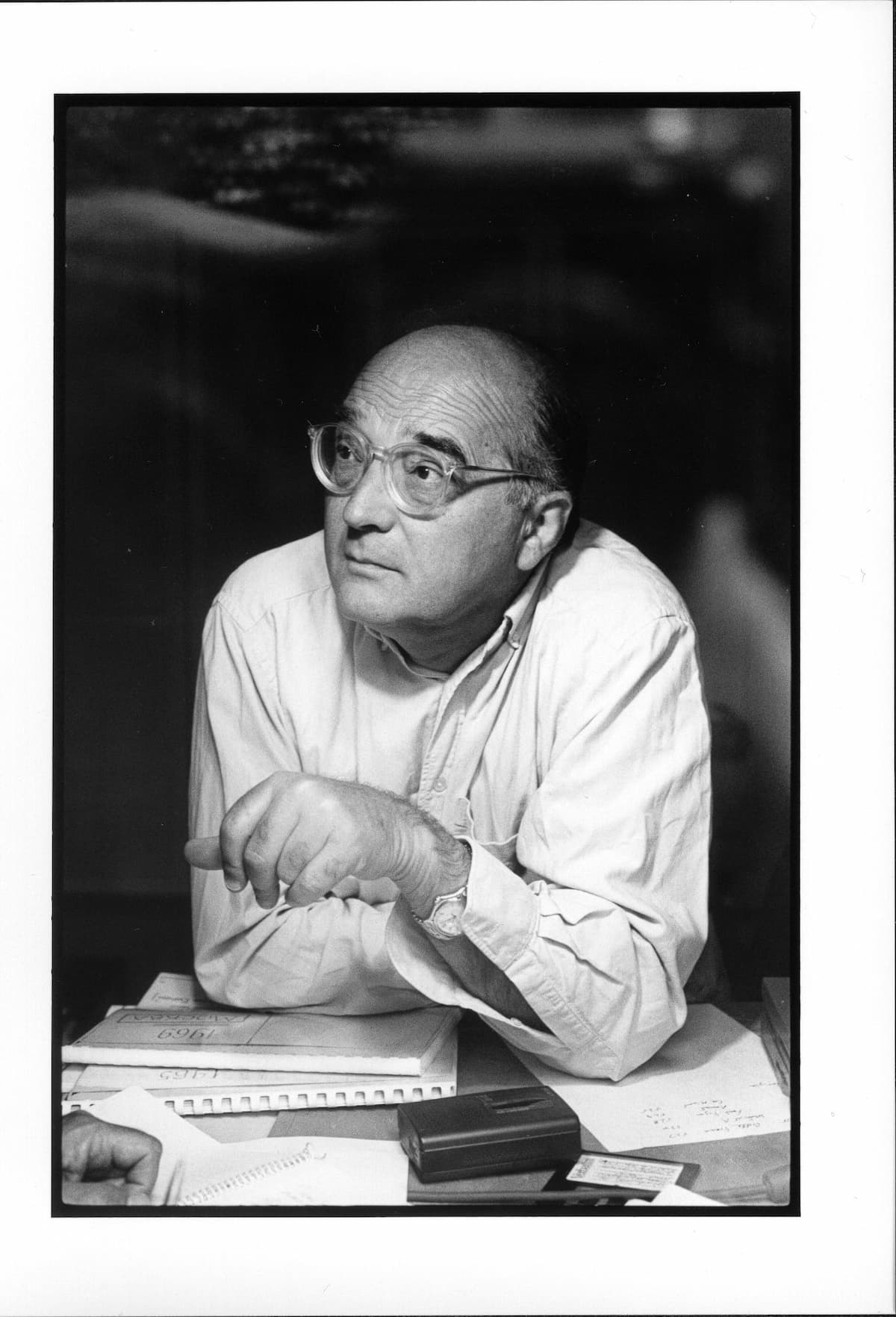
Bruno Monsaingeon © Idéale Audience
Monsaingeon discovered the Quatuor Arod when he heard their first album of Mendelssohn and wrote them a fan letter. In their ensuing correspondence, he decided that it was time for him to film an ensemble again. In 1996, he filmed the Alban Berg Quartet with the Artemis Quartet performing with Julia Varady and Dietrich Fischer-Dieskau in Death and the Maiden; in 2001, he made two films with the Artemis Quartet, one about Beethoven’s Grosse Fugue and the other of a concert they did in Paris. Now, twenty years later, it was time for another quartet film and the Arod piqued his interest.
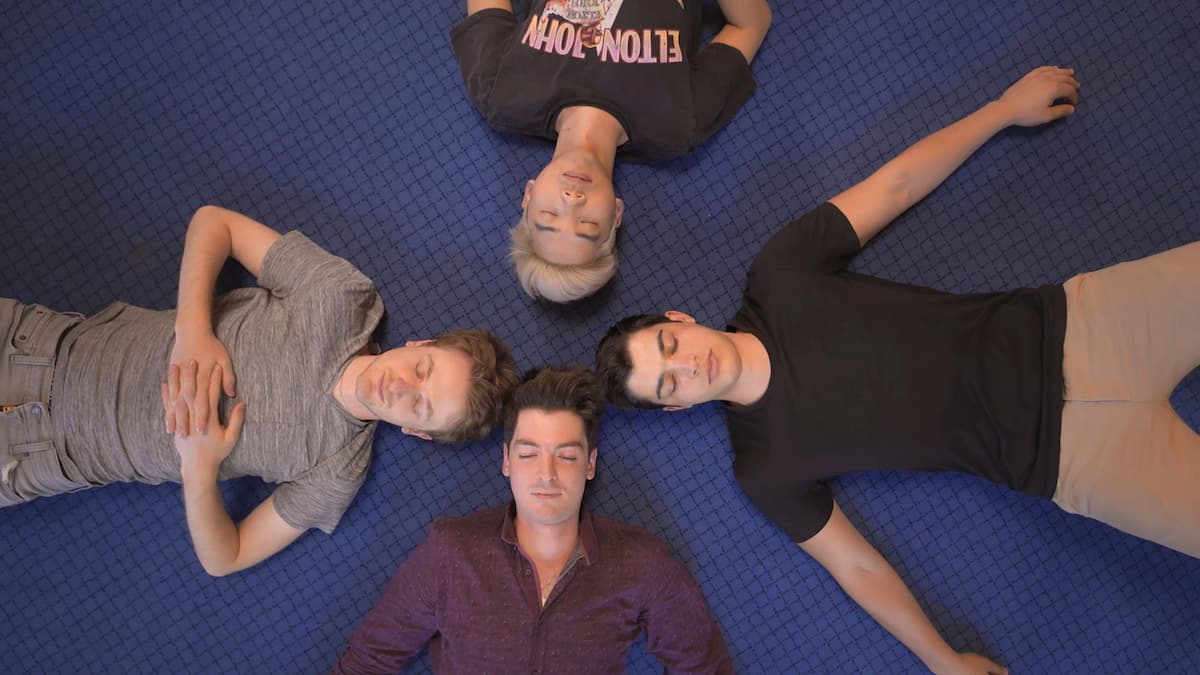
Quatuor Arod © Idéale Audience
In Monsaingeon’s opinion, string quartet music is the greatest music that exists (he speaks as a violinist here) and to film the Arod gave him the opportunity to demonstrate that. The production took a year: he started filming on 5 Dec 2021 and on 7 Dec 2022, it was complete – all editing, sound, etc. finished.
The result is an in-depth examination of a quartet. Four different members, four distinct personalities, and yet one quartet. Their current lineup, Jordan Victoria, 1st violin; Alexandre Vu, 2nd violin; Tanguy Parisot, viola; and Jérémy Garbarg, cello, came together after their original violist, Corentin Apparailly, left to be a composer, and their original cellist, Samy Rachid, decided to be a conductor. Jordan and Alexandre rebuilt the quartet and they expect it to live on for decades. Monsaingeon found them interesting as a young quartet because they were devoted to making music and hadn’t been derailed by the current fashion for self-promotion. He feels that they are more like 4 virtuosos working together and that their perfection comes from the fact that they are all potentially soloists but choose, instead, to be an ensemble.
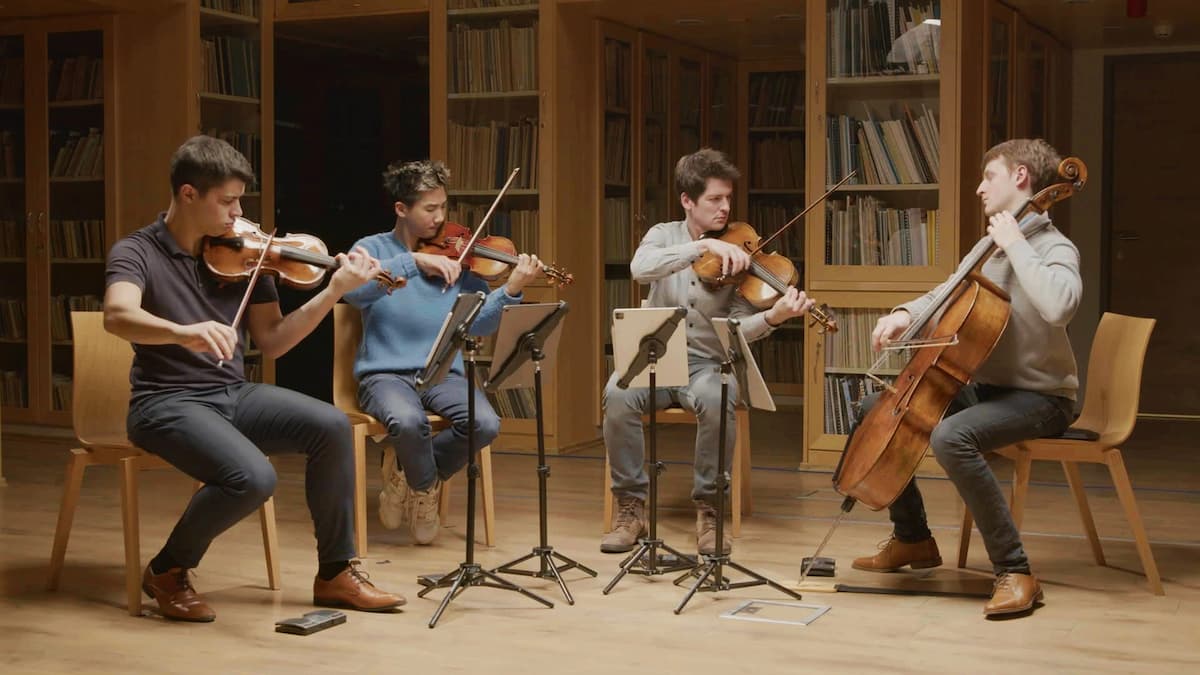
© Idéale Audience
One of the most interesting sections was a rehearsal the quartet did in Budapest with the composer György Kurtág – they had been rehearsing his 12 Microludes when they had an opportunity to work with him. As Jordan said, ‘…we thought we’d practiced a lot and were pretty ready. When he started the session and spent two and a half hours on the first eight bars, we realized we weren’t ready at all’. It was said with a laugh, but as you watch the rehearsal, you can see and understand how their session with the composer showed them an entirely new dimension to the work.
Process is important in the film and we see it in the quartet’s working cycle: start each day with the playing of chorales so that they can hear each other clearly and how the harmonies are working, and then, in rehearsal, where they will play through pieces very slowly, again to hear how the voices are working, before taking it at tempo. They seek to calm the urgency and demands of public performance by taking the time to slow down, to meditate before they perform, and to realize that, as an ensemble that intends to play together for the next 40 or 50 years, they have to be mindful of their interactions.
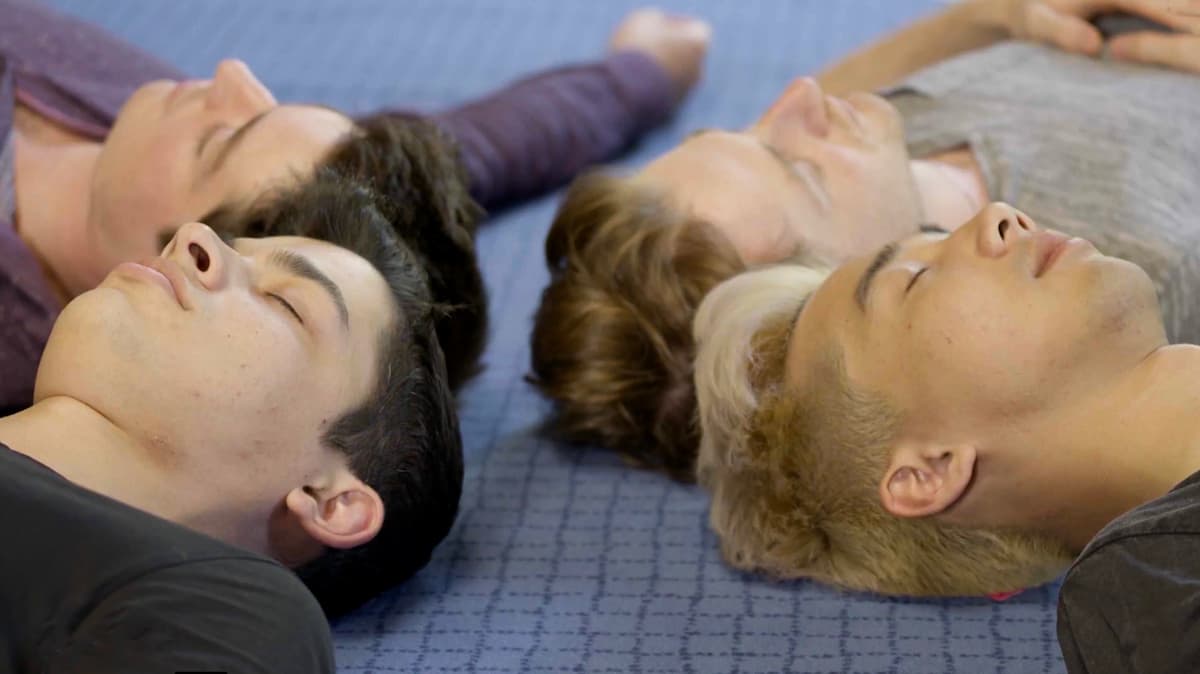
© Idéale Audience
Each member of the quartet brings their own background: Jordan comes from a family of musicians and considered a solo career before finding joy in a quartet; Alexandre, from Vietnam, is the first musician in his family; Tanguy brings his heritage of Brittany, and his small daughter into the mix; Jérémy brings his scientific and inquiring mind to bring the quartet into finer tune. They are four distinct personalities that come across strongly in the film. Jérémy remarks: ‘The Quartet is an individual and each individual is the Quartet’, and that is really at the heart of the film.
Monsaingeon said about his film-making that he has no interest in filming reality – he wants his films to be more elaborate. He doesn’t follow the action but creates the situations, including getting his old friend Kurtág to sit down with the ensemble. This scene was created for the film but was based on something that the violinist Monsaingeon and his pianist, Zoltán Kocsis, had happened to them decades ago. While they were rehearsing at the conservatory, Kurtág came into their rehearsal and ended up working with them for some six hours. When the two experienced performers had the opportunity to work with a composer, they found it changed so much. Monsaingeon set up the same situation for the Quatuor Arod and we have their realization on film of how much they learned and how much the interaction worked for both parties. Based on their performance, Kurtág changed a note in his score (to the Quartet’s amazement) and they speculated if Beethoven might have done the same thing if he had worked intimately with a quartet on his music. Collaborations between performers and composers aren’t unusual, but those who have been in those situations, such as Brahms and Joachim or Bartók and Menuhin, have all reflected on how much that interaction improves the final work.
Monsaingeon wants his documentaries to be of interest to both musicians and non-musicians and each audience will watch this film with interest. We cannot recommend this more highly: a great film on music and on working together and on learning.
“Le Quatuor Arod – Ménage à Quatre” Trailer
For more of the best in classical music, sign up to our E-Newsletter
Official websites:
Quatuor Arod
Bruno Monsaingeon

